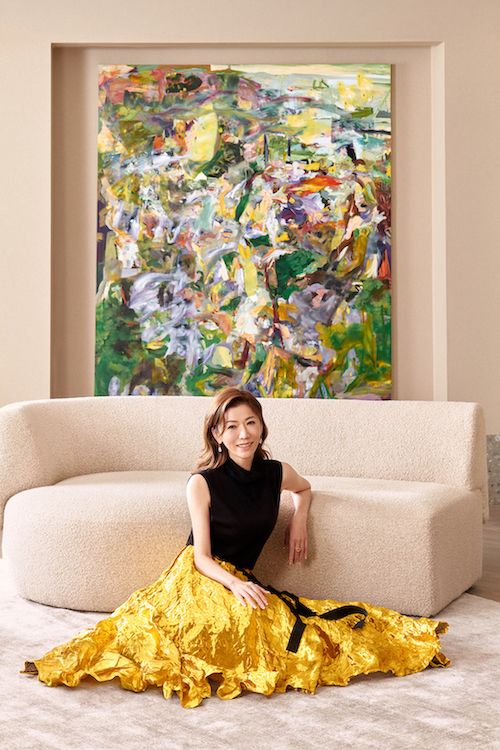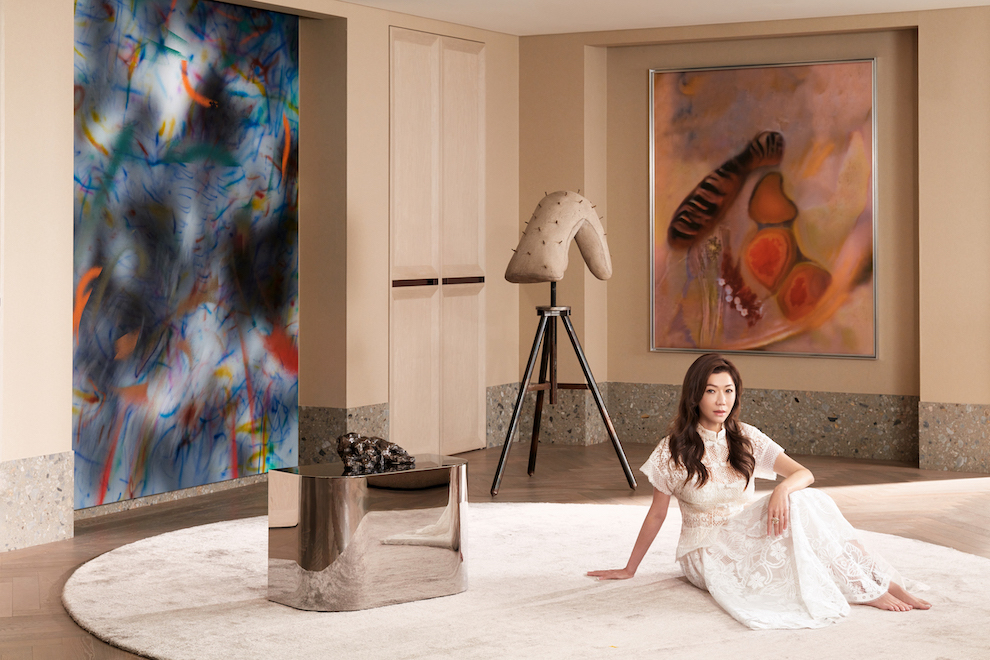Winsing Art Place, founded by Jenny Yeh under the Winsing Arts Foundation, is a distinctive art space located in a quiet alley in Taipei. Over its five to six years of operation, it has become a vital hub for the art and design community. The center serves as a gathering place for renowned international artists, architecture professors, designers, and students, fostering spontaneous exchanges and collaborative projects. Visitors are encouraged to explore the relationship between architectural space, urban environments, culture, and the arts, while contemplating the broader question of what constitutes a good life.
Having won the Global Collector Distinction Award at the LARRY’S LIST Greater China Collector Awards, Jenny’s background deeply influences her vision for her foundation. Raised in a family of architects and educated in Manhattan, she developed a refined aesthetic sensibility and a passion for architecture and art. Her experience of collaborating with renowned architect Robert A. M. Stern on her family home further shaped her understanding of the intricate connection between space, material, and time. This journey led her to establish the Winsing Arts Foundation and Art Place, creating an open, non-commercial platform where artists can showcase their work freely, and the public can experience international art without leaving Taiwan.
The foundation curates exhibitions every four months, featuring acclaimed artists such as Roni Horn, Mona Hatoum, Pierre Huyghe, Philippe Parreno, and Gabriel Orozco, whose works intersect with themes of ecology, technology, and social issues. Beyond exhibitions, the foundation supports local cultural preservation efforts, including collaborations with the Cloud Gate Dance Theatre and the restoration of historical architecture. This dual focus—bridging global contemporary art with Taiwan’s cultural heritage—reflects Yeh’s belief in collecting as both an act of personal conviction and an invitation for the public to engage with future-oriented artistic and architectural dialogues.
LARRY’S LIST had a conversation with Jenny to know more about her art collection and Winsing Arts Foundation.
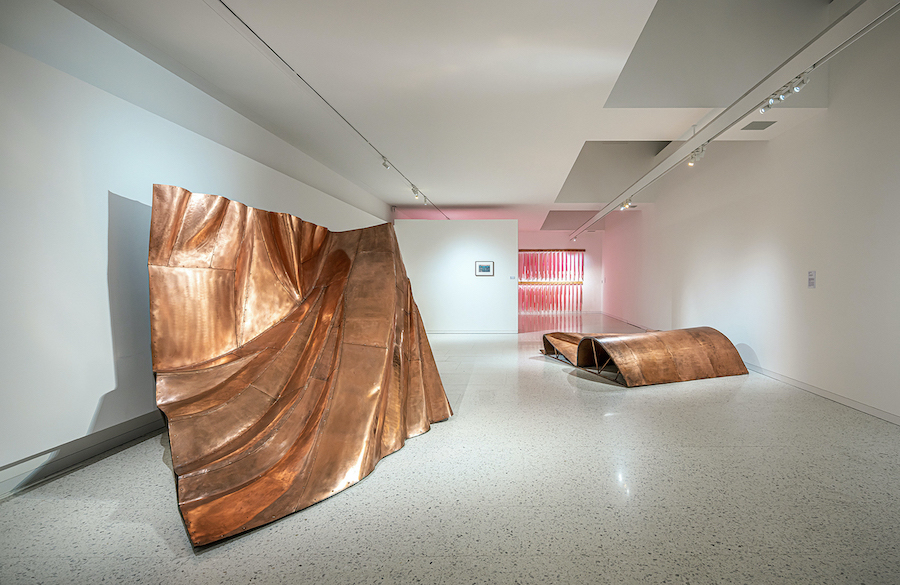
How did your family environment influence your decision to become a collector?
I grew up in a family full of books and art, and this environment had a profound and subtle influence on me. My grandmother was a person who paid attention to the details of life; she often told stories about economy and culture. Also, our family had a high pursuit of quality of life. Growing up in such an environment, my love and appreciation for art seemed to come naturally. Paintings and sculptures were hung in our home, and although they were not from famous artists, their presence led me to develop a real understanding and interest in art. My father sent me to study abroad and let me explore liberally the world of art and architecture. During those years abroad, I started traveling, going to art museums to appreciate the artworks and cities to see the architecture, which was very stress-relieving.
What is the lineage of your collection?
After returning to Taiwan, I entered the architecture industry. In fact, it’s hard to summarize my collection, but I can only say that my collection is closely related to space, time, architecture, memory, and most importantly, my personal feelings.
How did you change your collecting strategy from personal collection to running a foundation? Is it true that the foundation focuses more on the artist’s grand and complete narrative than the personal collection, which is based on intuitive preferences?
From 2015 to now, I have been collecting for nine years, and nine years is not a short period of time. At this stage, my job is to make my collection better, from a private collector to a serious collector. Most of the artists in my collection are of a similar age to me, of the post-70s and post-80s generation, and our generation shares a lot of common perspectives and ways of expression.
Many of the international artists and young artists we exhibit are mostly exhibiting for the first time in Taiwan, and the expression of international contemporary artists is very conceptualized. At first, people may not quite understand what we are doing, but after the exhibition, people started to do research and realized that these artists have their own places in the international arena. This makes me feel lucky and makes me more determined to follow my own path.
My point of view is that there is no such thing as a “wrong” artwork, only artworks that are different from your collection and may not be part of your future collection.
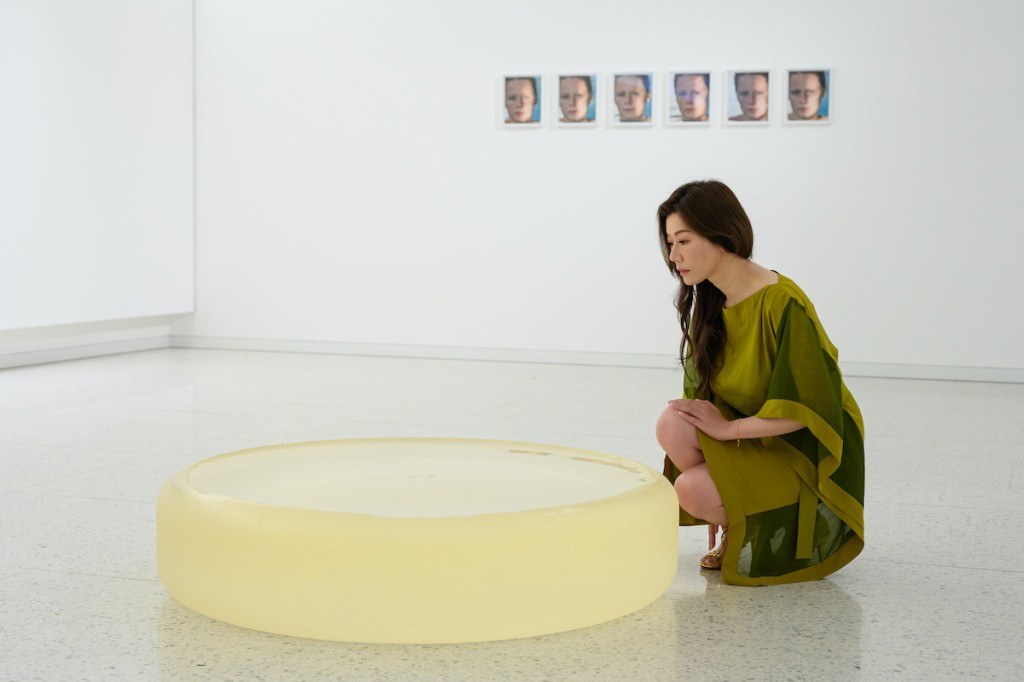
In the past five years, the Winsing Art Place has presented 16 solo exhibitions. Can you tell us specifically how you would consider the planning of the exhibitions and the communication with the artists as an art foundation?
Winsing Art Place’s exhibition space is of moderate size, which is very suitable for the audience to have some private interactions with the works, and also allows the artists to do some interactive experiments. For example, you can see the trajectory of literary references, the architectural and fluid nature of the sculptures from Roni Horn’s concise visual language, which is full of traces of her personal experience and elaboration of her environment.
For the casual viewer, on the other hand, Philippe Parreno’s work is initially difficult to cut through. But he explores the multifaceted expression of contemporary art through the lens of relational aesthetics. Our exhibition of six representative works by Parreno in 2020, before the epidemic is over, examines the dislocation of space and time and the possibility of the existence of the imaginary and the real. His exhibitions are site-specific and programmatic. Winsing Art Place respects the ideas of each collaborating artist and strives to maintain the originality of the artwork.
My relationship with the artists is based on mutual inspiration. We get along like chatting with friends, very natural and comfortable.
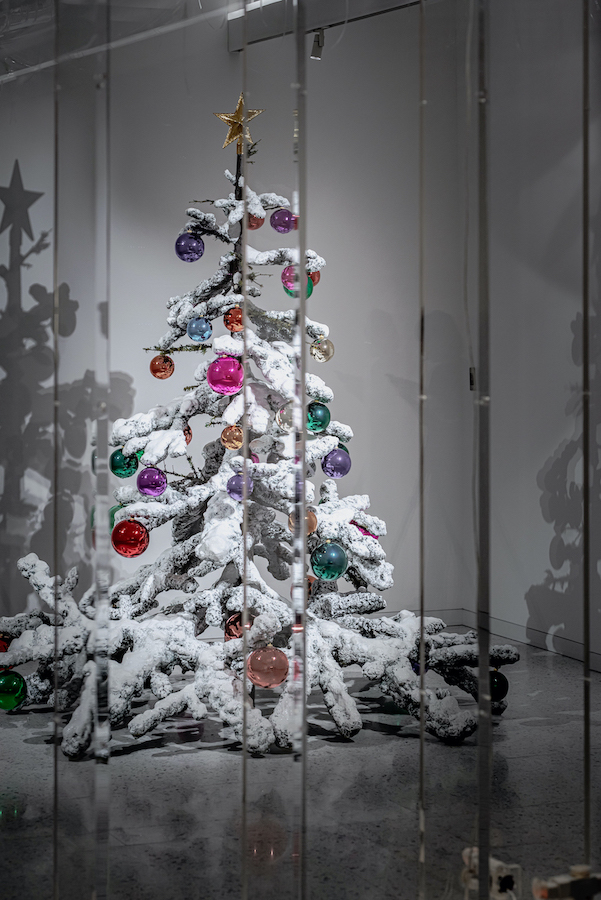
What are the considerations for the space design of Winsing Art Place?
In terms of design, I pursue a style that is both clean and simple. Nonetheless, I am very strict with the details, making sure that everything is precise and meticulous. The design of the space is layered and does not allow one to see through everything at a glance, but rather brings a sense of exploration and discovery.
What is the focus or direction of Winsing Art Place?
I set a collection limit for the foundation every year, but I exceed it every year. In the operation of Winsing Art Place, we focus on cultivating young artists and providing them with opportunities to showcase their talents. I believe that the younger generation of artists has unlimited potential and creativity, and their works can bring new vigor and perspectives to the art world.
I also plan to organize more public education activities through the foundation to enhance public awareness and appreciation of art. Art education is crucial to the development of aesthetic sensibilities and creativity, and I hope that through these activities, more people will be able to access and understand art.
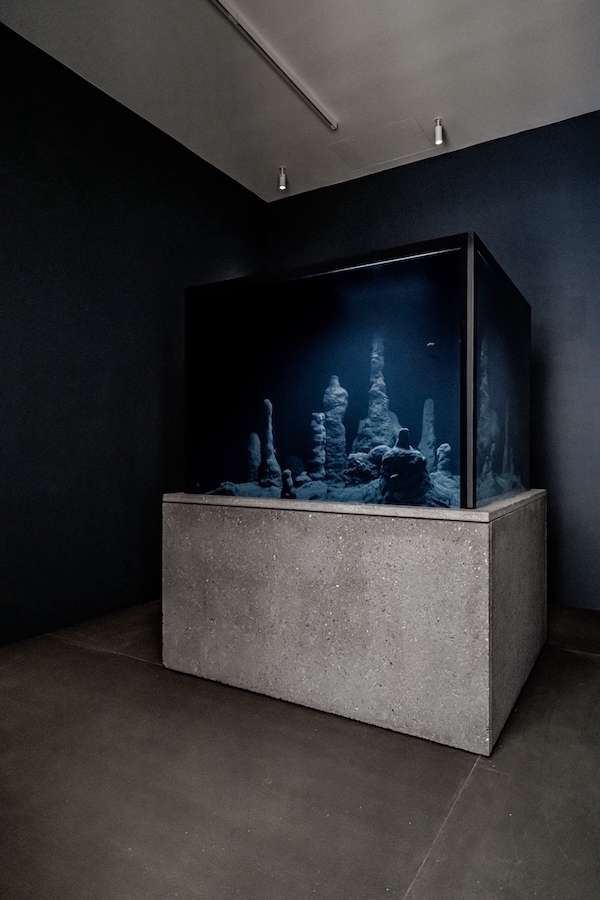
The Winsing Art Place is funding the restoration and reconstruction of Wang Da-hong’s former residence. How do you think about the balance between art, the link of local culture, and the concern of global issues?
Wang Da-hong was a legendary Chinese architect who studied with I.M. Pei and Philip Johnson at Harvard under Bauhaus founder W. Gropius. In the 1940s, he co-founded the Wulian Construction Planning Institute in Shanghai, and in 1953, he opened the Dahong Architects Office in Taipei, starting a career of more than 40 years. His architectural masterpieces include the Zhongshan Memorial Hall in Taipei and the now-demolished Jianguo South Road mansion. His own residen was built even earlier. In this project, the foundation fully respected the ideas of the reconstruction team and did not intervene in any way.

What are your future plans for the Winsing Art Place?
At the beginning, I was afraid that some people would say they couldn’t understand our exhibitions. But I believe that in the end, people have to do what they think is right. I try to make people willing to visit again and again, and gradually accept and appreciate contemporary art. After all, everyone feels differently about art, and the key lies in how to guide them to independent interpretation.
Publications and archival materials are very important, and in Taiwan, very few people do them. As the foundation is about to enter its fifth year, I plan to publish a fifth-anniversary report to summarize our work and achievements over the past five years. Even after the exhibition is over, this documentation will still allow people to understand our work.
I remember once a little boy came to see the exhibition on a bicycle instead of going home after school, and when he came in, his mother followed him. That child lingered in the exhibition hall for a long time, unwilling to leave even when the exhibition was over, which touched everyone very much. The work we put in is all cultural capital that can be passed on to future generations.
Related: Winsing Arts Foundation
Instagram: @jenn_y_eh, @winsingartplace
A selection of artists Jenny collects:
Danh Vo
Mona Hatoum
Philippe Parreno
Pierre Huyghe
Roni Horn
Interview by Tyra Wang
Edited and translated by Ricko Leung





